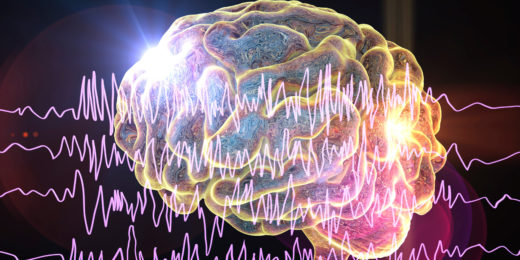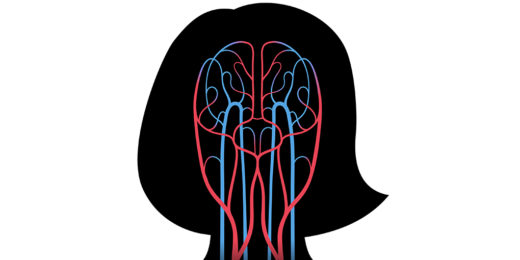For a long time, common diseases (think Alzheimer's, cancer and other ailments) were thought to arise mostly from molecular or genetic mishaps. But scientists are finding that there seems to be increased involvement of an unexpected culprit: stem cells.
Nine years ago, Stanford oncologist Michael Clarke, MD, made a connection between stem cells and Down syndrome: He showed in a mouse model of Down syndrome that many signature elements of the disorder -- including physical deformities and cognitive impairment -- were caused by reduced stem cell activity.
Clarke has now discovered that a molecule associated with Down syndrome may also be partly responsible for the pathologies of Alzheimer's disease.
Zeroing in on USP16
Down syndrome and Alzheimer's disease seem worlds apart on the disease spectrum. People with Down syndrome are born with the condition, which arises when embryos have three copies of chromosome 21 instead of two, and causes physical malformations and cognitive deficits. Alzheimer's, on the other hand, usually strikes late in life, is not caused by a particular genetic defect, and is primarily associated with memory problems.
During previous research, Clarke, associate director of the Institute for Stem Cell Biology and Regenerative Medicine, worked with mice that were genetically engineered to carry an extra copy of a variety of genes that researchers believe are tied to human Down syndrome.
But Clarke and his colleagues found that many of the signs of Down syndrome in these mice were associated with an extra copy of only one of those genes. This gene produces a protein called USP16, which regulates stem cell activity. Down syndrome-afflicted mice, it turned out, were making too much USP16, which suppresses levels of stem cell activity during development.
Besides physical changes and cognitive impairment, Down syndrome is also is associated with such disorders as cardiovascular disease and Alzheimer's disease. "If people with Down syndrome live into their 20s and 30s, they almost always start to develop Alzheimer's disease," said Clarke, the Karel H. and Avice N. Beekhuis professor of Cancer Biology. "We wondered if USP16 might also be playing a role in the development of Alzheimer's disease." Could too much USP16 be suppressing the activity of neural stem cells in both Down syndrome and Alzheimer's disease?
In research published in March in eLife, the group showed that, at least in a mouse model of Alzheimer's, neural stem cells' reduced production led to a reduction of neural precursor cells, which develop into many kinds of brain cells and support repair and regeneration in the brain.
They also showed that lowering the level of the USP16 protein in Alzheimer's mice, increased levels of neural precursor cell production and, perhaps most importantly, improved cognitive performance on mazes and object recognition tests.
"USP16 seems to be one piece of the puzzle, a targetable component that has not been explored before," said Felicia Reinitz, MD, PhD, a former graduate student in the Clarke lab and first author of the eLife paper. The researchers acknowledge that there is a lot more work to be done, but hope that this information might help them devise therapies to treat the worst aspects of Alzheimer's disease.
Photo by Carlosgardel






